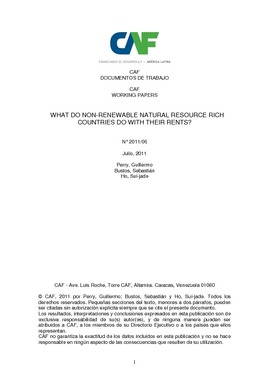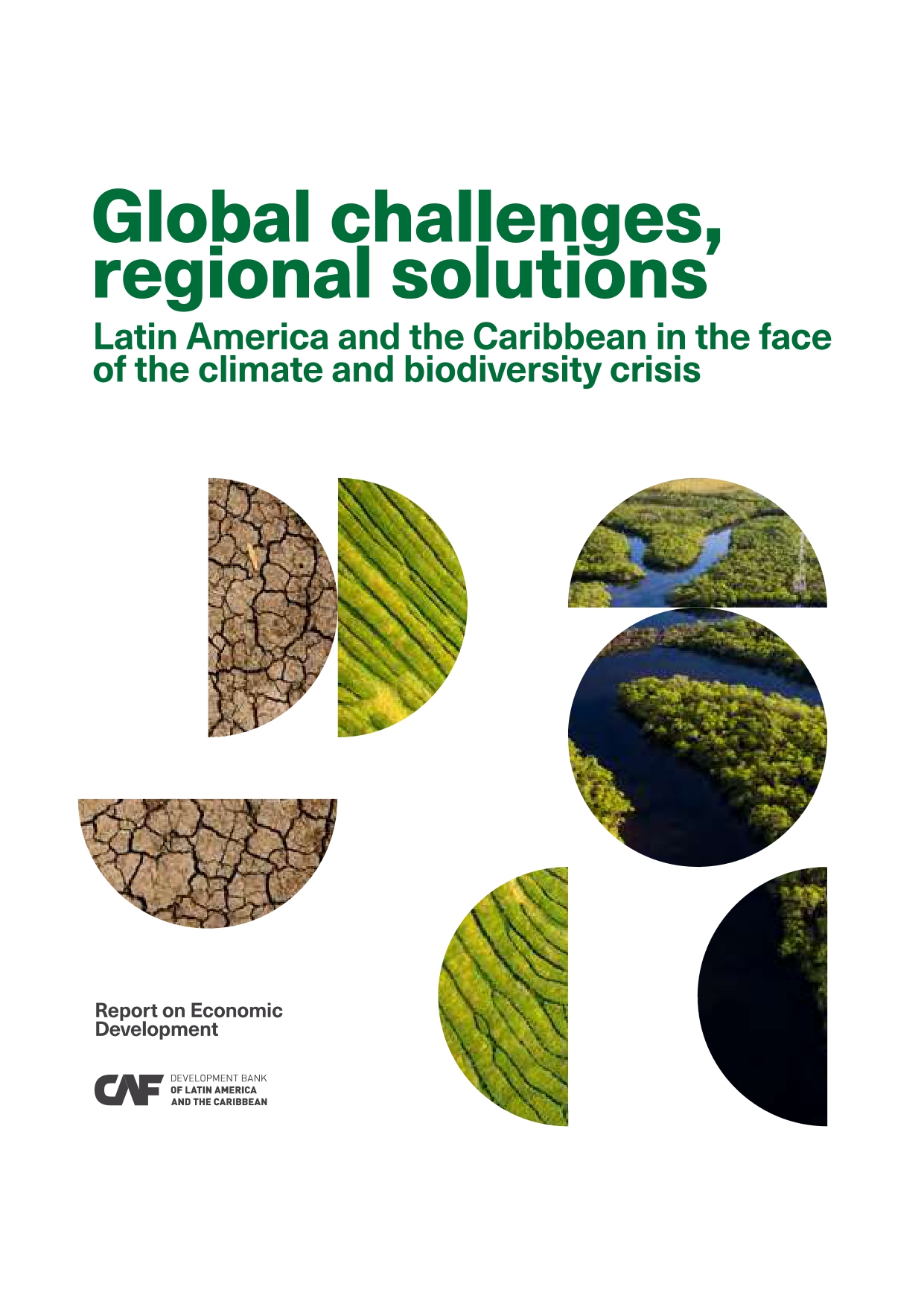What do non-renewable natural resource rich countries do with their rents?
Resumo
This paper examines three sets of questions related to the use of non-renewable natural resource rents: (1) To what extent countries rich in non-renewable natural resources use such rents to increase present consumption or investment or save them through net increases in foreign assets (or reduction of net foreign liabilities)? (2) To what extent countries tax them and how do they use such fiscal revenues: whether to increase public expenditures (and in particular public investment in infrastructure and human capital formation), reduce taxes on other activities (and become fiscally dependent on their natural resource wealth) or net public debt? (3) To what extent countries rich in non-renewable natural resources have less efficient and more volatile and pro cyclical public expenditures? Additionally, we examine if these effects on macro and fiscal performance depend on the countries level of development and quality of institutions, as theory suggests.
Assunto
Data
2011Cite esta publicação
Item que pertence à coleção
Autor
Perry, GuillermoBustos, Sebastián
Ho, Sui-jade
Items Relacionados
Global challenges, regional solutions: Latin America and the Caribbean in the face of the climate and biodiversity crisis
This edition of the Report on Economic Development (RED) examines the challenges and opportunities that climate action and the protection of ecosystems ...
Estimating the nature of political corruption: evidence from a policy experiment in Brazil
This paper proposes a test to estimate the nature of political corruption in developing countries: embezzlement by self enriching politicians versus ...
Renewed Energies: A just energy transition for sustainable development
This edition of the report underscores the need for a just energy transition in Latin America and the Caribbean, considering the realities of each country ...






